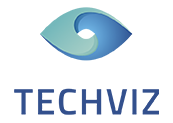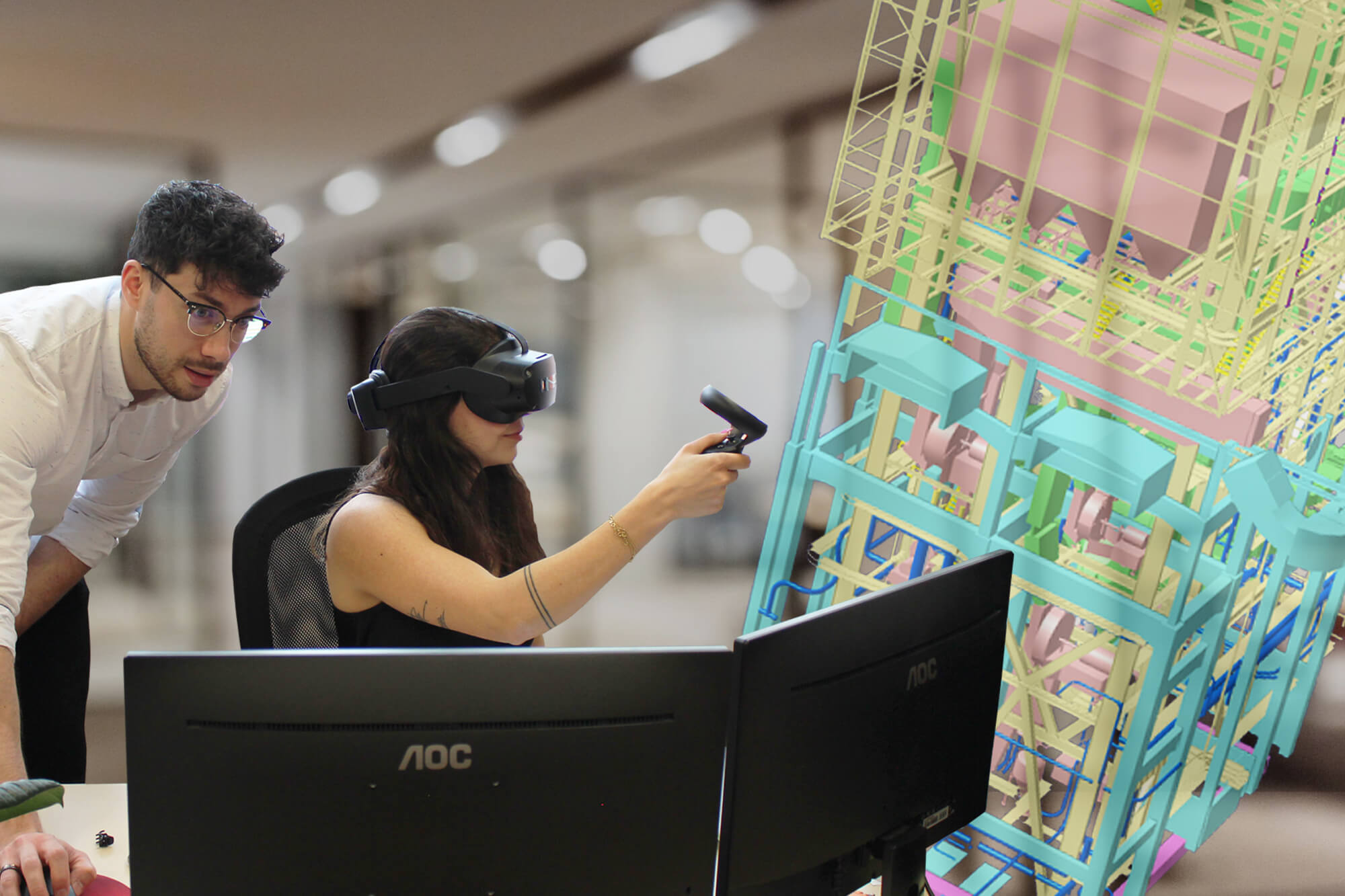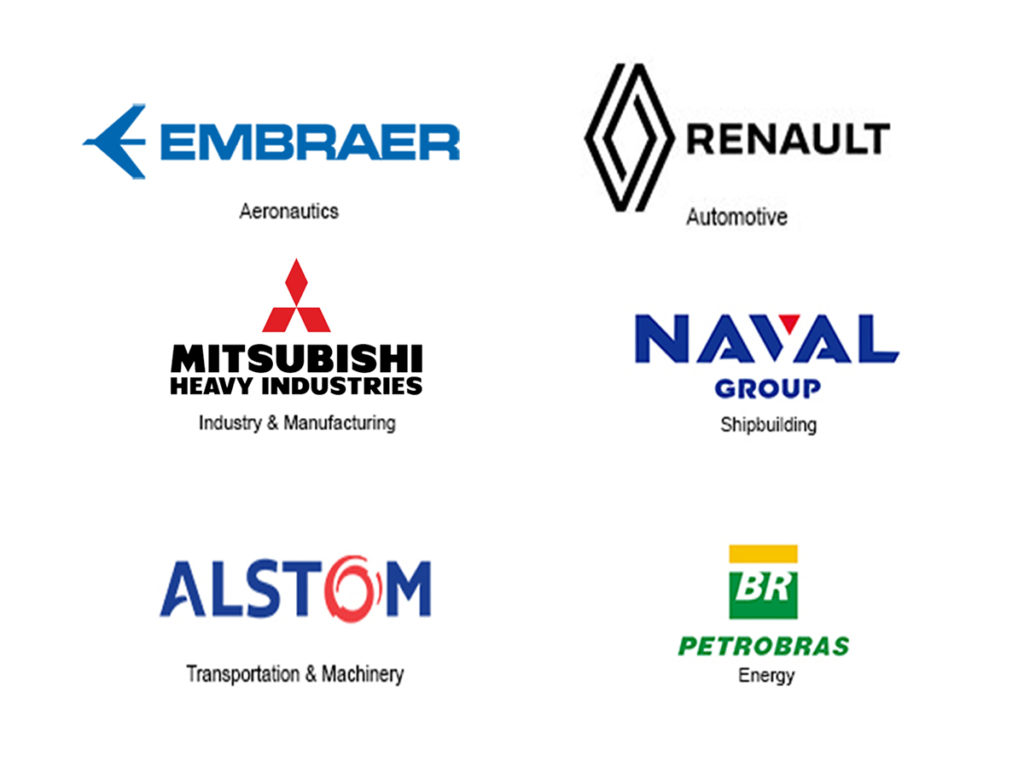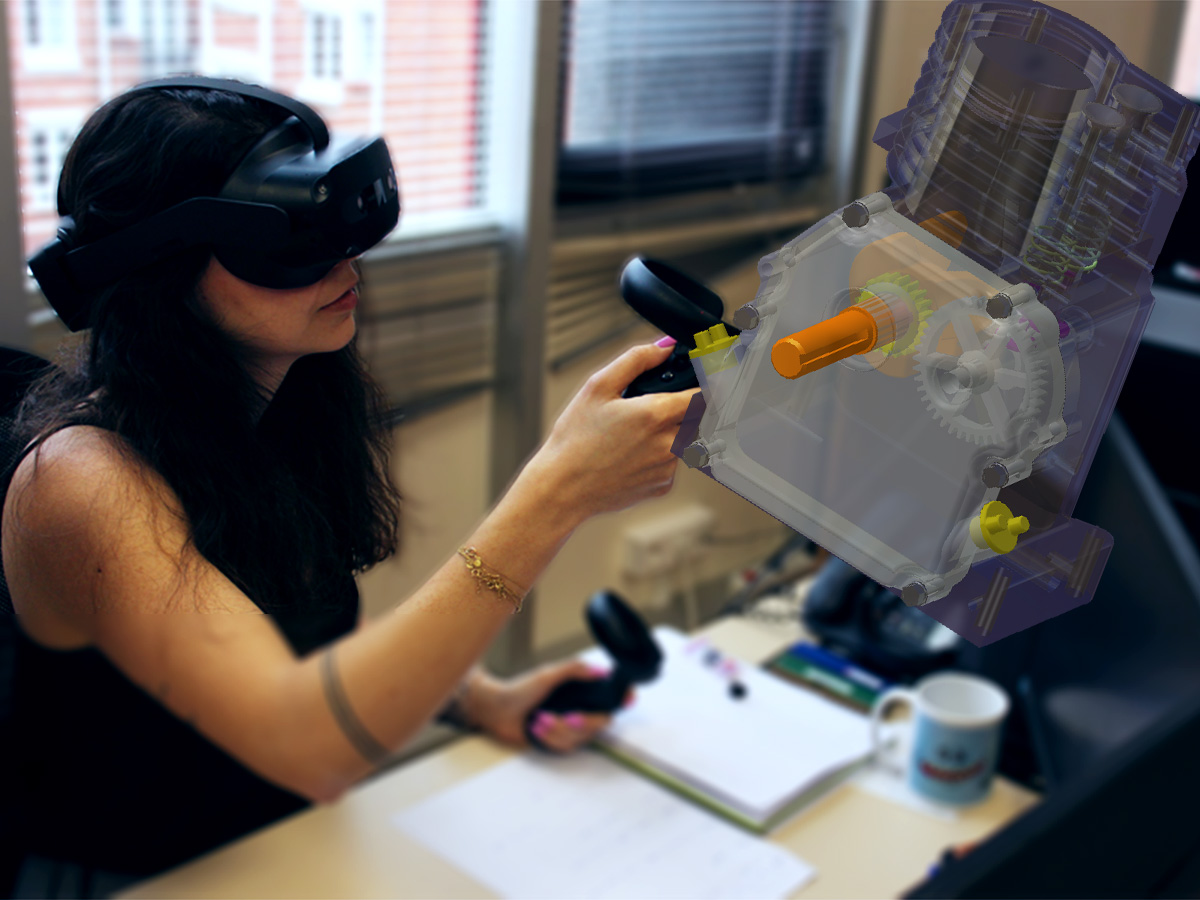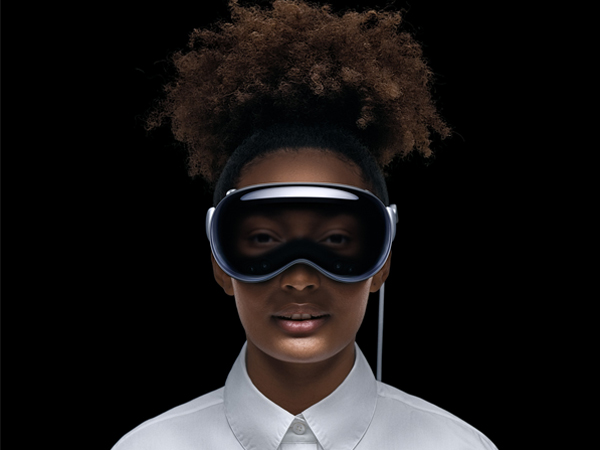08 August 2017 – 3D Visualization World Magazine
Virtual 
3DVW: Please tell us about your TechViz company history – how did the company begin and what was the spark or motivation for beginning?
AG: TechViz is a French virtual reality software editor created in 2004. The company was born when myself, TechViz CEO and Ing Phd Alexis Vartanian, current CTO, joined forces and partnered to launch TechViz, based on Alexis Vartanian ‘s 3D visualization solution expertise and my managerial and business expertise.The company has become a global expert in VR technology, with market-leading immersive 3D visualization solutions. Head office is based in Paris, where we hold a showroom center with a 4-sided Immersive Room, and we are represented in about 30 countries.
3DVW: Clearly Techviz is involved in 3D immersive visualization. Can you explain what that means to you and why 3D and visualization are centrally important to your company?
AG: We have a strong expertise in the fields of virtual reality, 3D visualization solutions and virtual prototyping. Reducing time to market and optimizing products are today’s main concerns in any industry. Therefore, more and more products are being developed with virtual reality.
Virtual prototyping means using a software such as TechViz XL to spot possible design errors before creating physical prototypes. We thus quickly spotted an industrial niche where VR would play a role, and sensed that virtual reality would be the future for enterprises. This is why we marketed our core product TechViz XL as a start.
3DVW: What are the primary products that you deliver? Can you share with us a few examples of how they are being used?
AG: Our core product TechViz XL is a driver that displays your 3D CAD models from instance from Dassault Systèmes Catia V5, Siemens NX, Autodesk Revit, and many more, on any type of stereo display system – your HTC Vive, Oculus Rift, Immersive Room, to mention a few, in 1:1 scale. Fusion is another solution we offer our client: it merges 3D scenes of different applications into a single unified scene and merged into a single prototype.
A space craft designed with PTC Creo, and air fluids studied with CEI Ensight can be merged so both departments will study their data together in the virtual environment.TechViz VR was developed more recently, when the emergence of VR headsets hit the market, so we had to offer a suitable visualization solution for VR headsets, such as HTC Vive, Oculus, Canon MREAL, and also for augmented and mixed reality. Headsets such as Meta or the Microsoft product ranges. TechViz collaborative is another of our main tool to visualize a common 3D model from separate sites and on heterogeneous stereo display systems.
3DVW: I was immediately struck with the observation that no data translation is needed on the user side to work with your product. How can that be, given that your products work with so many 3rd party data formats?
AG: That is right. Our technology is in real time, and is only possible without data conversion. Data conversion means a dedicated team is needed to convert the model data, and bring it to a review session, so this takes time. What our strong advantage is, is the fact that our product is a driver that reads the information coming from the 3D application itself, and sends the information to the virtual environment (Immersive Room, HTC Vive for instance).
So TechViz XL is a kind of universal driver solution, we display more than 200 industrial applications on any VR environment, and the data is instantly displayed. Thus real time is possible, changes made during the review in the source application are visualized instantly in the virtual reality scene.
3DVW: In reviewing your company information, it seems that you place an emphasis on using visualization and 3D to connect with stimulating communication in design – is that a fair statement?
AG: Yes this is correct. The architecture and construction sector for instance is very active in the adoption of Information, Communication and technology in the BIM sector can be divided into buildings (residential/ non-residential), infrastructure (heavy/highway) and industry. Many problems and errors in construction projects are the results of a lack of communication. When collaborating partners are able to present, explain, and alter the design in a shared space, misunderstandings and errors are less likely to occur.
3DVW: We often hear from readers that they are sitting on piles of 3D-ready data. Some comes from utilities, others from government, and yet others from business and design environments. Can you help these people who want to begin visualizing but have little understanding of where to start?
AG: Our solutions are very easy to use, so we can address non-experts in VR. Our engineers install the software at the client’s premises, they will train users, but quickly our clients will pick up by themselves and be autonomous. We also have a hotline team, available 24h, speaking several languages, in case our clients have queries.
3DVW: What does virtual reality mean to you? How are our products being used on virtual reality environments?
AG: It means Customers integrate TechViz into their Product Lifecycle Management (PLM) process. Below are a few examples of what our clients do and what they use VR for.
— In Architecture VR Enhance client understanding and gain a competitive advantage byoffering their clients virtual modeling and walk-throughs
— In Construction: Review design projects, identify potential errors and reduce costs and risks
— Oil & Gas: Monitor training sessions, enhance safety during maintenance operationsin remote or hazardous locations
— Research: Drive scientific advancements, improve collaboration between teams, to enhance learning and retention
— Automotive industry: Optimize car design review, meet safety standards, study control systems of the vehicle dynamics, accidentology
— Aeronautics: Improve technical review, mitigate risks, reassure on the PLM process,check safety requirements, optimize engineering project review and simulation
— Shipbuilding: Identify potential design errors, benefit from a realistic understanding of the data model, ergonomics, path planning, visibility, enhance maintenance operations
— Manufacturing industry: Optimize product review, faster time-to-market, validate staff comfort andergonomics
3DVW: Could you explain to our readers how immersive 3D visualization contributes toward financial savings, greater optimization of workflows and other benefits?
AG: Some industries being increasingly competitive – for instance the automotive industry – require faster time-to-market and ever higher quality of products. Car design needs constant changes and reviews before reaching production. This is highly time-consuming and very expensive, but using VR with TechViz can help reduce cost and time by replacing physical mock-ups with virtual ones.
Other industries such as the manufacturing industry will create fewer prototypes before the final product is ready, this helps reducing costs. They are able to review the models virtually, to catch interferences, perform clearance checks and fix engineering designs. Errors can be corrected at an early stage of product conception, thus reducing cost and time.
3DVW: Does mobility play an important role in the use of your products and applications people can develop?
AG: Global companies mean mobility. A 3D model will be reviewed in a production site in China, while being designed by the R and D team based in the USA; our instant VR collaboration solutions mean that the digital product can be reviewed in real time from distant location.
This enables teamwork between departments based in different locations. It also became very useful with the emergence of headsets, for real time collaboration between numerous users within a department: an automotive industrial can equipped 100s of engineers with VR headsets, and organize live review sessions for them to collaborate at the same time.
3DVW: Finally – could you explain the add-ons available to your products and how they could be used?
AG: We have a wide range of options associated to TechViz XL, which are advanced functionalities helping our clients with their digital review. They can do virtual assembly, see collisions, video recording, tracking, hide and show parts to have a better understanding of the virtual model, stick virtual flags on the model with annotations to point out specific issues seen during the model.
More advanced functionalities include TVZlib API which combine a 3D OpenGL application with TVZLIb to develop tailored interactive functionalities; I3 (interactive image interaction) enables to visualize human-machine interaction scenarios, combining non-3D elements within a 3D model, to interact Instantly with your Digital Instrument Clusters, Digital Infotainment, Navigation Systems, Digital Speedometer, Digital Electronic Control Unit, Digital climate control or any kind of HMI in your product design. The aim is to emulate a touch-sensitive interaction with HMI in an immersive environment.
—————————————————
Alberto Gabaï is TechViz CEO. He is a Serial Entrepreneur and Business Angel, Founder of TechViz, Alberto Gabaï has an Engineering degree obtained at the ESTP Engineering school and a business degree obtained at ISG school.
For more information: TechViz
Interview from: 3D Visualization World Magazine
